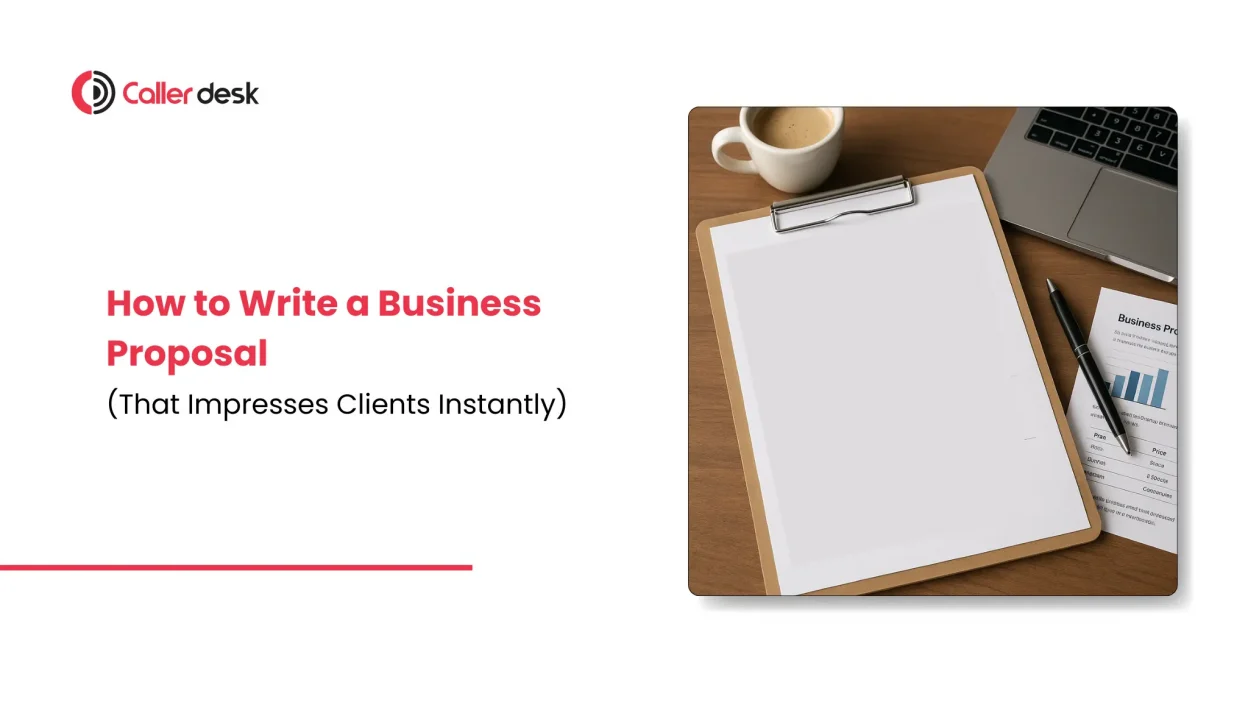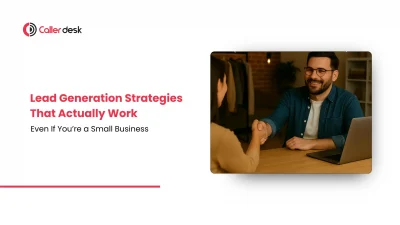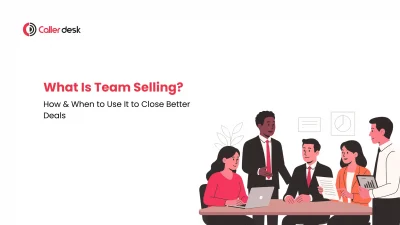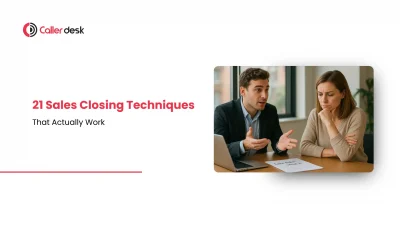Writing a business proposal might sound confusing—but it’s actually a very useful skill for anyone running a business, big or small.
A business proposal is a formal document where you offer your product, service, or idea to a client, company, or investor. It shows what services or ideas you’re offering, how you plan to deliver them, the total cost, and the reasons why you’re the best fit for the job.
Businesses use proposals to:
- Get new clients
- Get funding or support from investors
- Offer services to other companies
- Start partnerships with other businesses
The goal of a proposal is simple: Help the other person say “yes” to working with you.
If you want to grow your business, proposals are your chance to make a strong first impression and show your value clearly.
What Is a Business Proposal?
A business proposal is a document that a company or person sends to a potential client, offering a specific product, service, or solution to a problem.
It is usually shared when:
- One business is looking to collaborate or begin a project with another.
- A service provider wants to get a new client.
- A business wants to respond to a client’s request.
In simple words, it’s a formal way of saying:
“Here’s what we can do for you, how we’ll do it, how much it will cost, and why you should choose us.”
Business Proposal vs. Business Plan
These two terms are often confused, but they are very different:
- A business plan explains how your business works and is mostly used to get investment or funding.
- A business proposal is used to win a deal or project by showing how your service or product solves the client’s problem.
Here’s the key difference:
- Business Plan = For Investors
- Business Proposal = For Clients
Why Is a Business Proposal Important?
A well-written business proposal:
- Shows the client you understand their problem.
- Explains how you will solve it.
- Builds trust in your services or solution.
- Increases the chances of winning the project.
Without a clear proposal, many businesses miss out on deals—even if their product is good.
This is why knowing how to create a strong, well-structured proposal matters so much for business success.
Structure of a Business Proposal
If you want to write a business proposal that gets results, you need to follow a clear structure. This structure works for any industry and makes sure your proposal is easy to read and convincing. Below are the seven essential parts of a winning proposal:
1. Title Page
The title page is the first thing your client sees, so it should look professional and clean.
What to include:
- Your company name and logo
- The name of the client or organization
- A clear, to-the-point heading that shows the purpose of the proposal (like: “Plan to Speed Up Delivery Services for XYZ Ltd.”)
- The date you are sending the proposal
A neat, well-designed title page sets the tone and encourages the client to keep reading.
2. Executive Summary
The executive summary gives a quick snapshot of what your proposal is all about. It introduces your company and quickly explains why you’re a good fit for the client’s needs.
What to include:
- Who you are
- What you do
- How you plan to help the client
- A quick preview of the results they can expect
Many clients will only read this part before deciding whether to continue. Make sure it’s brief, easy to understand, and clearly shows what the client will gain.
Example: We’re SwiftLogix, a logistics tech company that helps e-commerce businesses speed up deliveries and reduce errors. In this proposal, we explain how our solution can cut your delivery time by 40% and automate 60% of manual work—so your team works smarter, not harder.
3. Problem Statement
Here, you describe the key challenge your client is dealing with.It shows that you understand their challenge and have taken the time to learn about their business.
What to include:
- A clear explanation of the problem
- How the problem is affecting their business
- Data or examples to support your points (if available)
When a client sees that you understand their problem well, they are more likely to trust your solution.
Example:
“Your logistics team currently uses spreadsheets, which often leads to delays and mistakes. This slows down deliveries and reduces customer satisfaction.”
4. Your Solution
Now that you’ve shown you understand the problem, explain how you will fix it. Give clear details and divide your solution into simple, easy-to-follow stages.
What to include:
- Explain exactly what you’ll offer and how each part of your plan will solve the client’s issue.
- A simple timeline or project plan
Clients want to know exactly what they’re getting and how it will help them.
Example:
“We will improve your delivery process in three phases:
- Phase 1: Set up the software and transfer your data (Week 1)
- Phase 2: Train your team and go live (Week 2–3)
- Phase 3: Provide ongoing support and weekly reports (from Week 4)”
5. Pricing Table
Here, you outline the cost of your services and what the client will receive. Using a table helps make things easier to understand.
What to include:
- Pricing options or packages
- What each package includes
- Any extra costs or terms (like GST, payment schedule, or contract length)
Clear pricing builds trust and helps the client choose what fits their needs and budget.
Example:
| Plan | What You Get | Price |
| Basic | Software access + Email support | ₹15,000/month |
| Pro | Everything in Basic + Chat support + Reports | ₹25,000/month |
| Premium | All Pro features + Manager + On-site visits | ₹40,000/month |
6. Timeline
This section shows the client when they can expect each part of the project to be completed. It gives them a clear picture of what will happen and when.
What to include:
- Main tasks and how long each will take
- Key dates or project milestones
- A start and end timeline if possible
A clear timeline shows that you are organized and helps the client plan better.
Example:
| Task | Duration |
| Software Setup | 3 Days |
| Team Training | 1 Week |
| Go-Live | 2 Weeks after setup |
| Ongoing Support | Continuous |
7. Social Proof
This section gives proof that your business can deliver what it promises. Show examples of other people or businesses you’ve helped.
What to include:
- Client testimonials
- Case studies
- Results and achievements (with numbers, if possible)
Real stories and results help build trust and make your proposal more convincing.
Tips to Make Your Business Proposal More Impressive
Most business proposals fail because they look boring or hard to understand.
If you want your proposal to get noticed and get a reply, follow these simple but powerful tips:
1. Use Simple and Clear Language
Clients don’t want to read big, confusing words.
Write short sentences and explain your ideas in a way anyone can understand. Keep your message to the point.
2. Customize Each Proposal for the Client
Don’t send the same proposal to every client.
Change the name, the goals, and the problem you’re solving based on what the client actually needs. This shows that you’ve made the proposal specially for them.
3. Use Visuals to Explain Better
Add charts, images, or timelines where needed.
Visuals help explain ideas faster and make the proposal easier to read. You don’t need to add too many—just enough to support your message.
4. Always Send the Proposal as a PDF
Don’t send your proposal as a Word file.
PDFs look cleaner, more professional, and open the same way on every device. This helps avoid confusion and keeps your formatting safe.
5. End with a Clear Call to Action
After reading your proposal, the client should know what to do next.
Tell them exactly what step to take—like replying to your email, scheduling a call, or signing the agreement.
Example:
“If everything looks good, please reply to this email and we’ll move forward with the agreement.”
Following these steps will help you create a proposal that looks professional, communicates your value, and gets results.
The better your proposal looks and sounds, the better your chances of winning new clients.
Conclusion
Writing a business proposal doesn’t have to be hard.
When done right, it becomes one of the most powerful tools to grow your business, get new clients, and win more deals.
Let’s quickly recap what matters most:
- A business proposal is not a business plan. It’s your chance to offer a clear solution to your client’s problem.
- Use a clean structure: Title page, executive summary, problem, solution, pricing, timeline, and social proof.
- Keep your language simple, personalize it for each client, and make your proposal easy to read and act on.
Remember: a good proposal doesn’t just explain what you do—it shows how you’ll make the client’s life better.
If your proposal makes things clear, builds trust, and guides the client on what to do next, you’re already ahead of most businesses.
So before you hit “send,” ask yourself:
“Will this make the client say—Yes, this is exactly what I need?”
If the answer is yes, you’ve nailed it.





